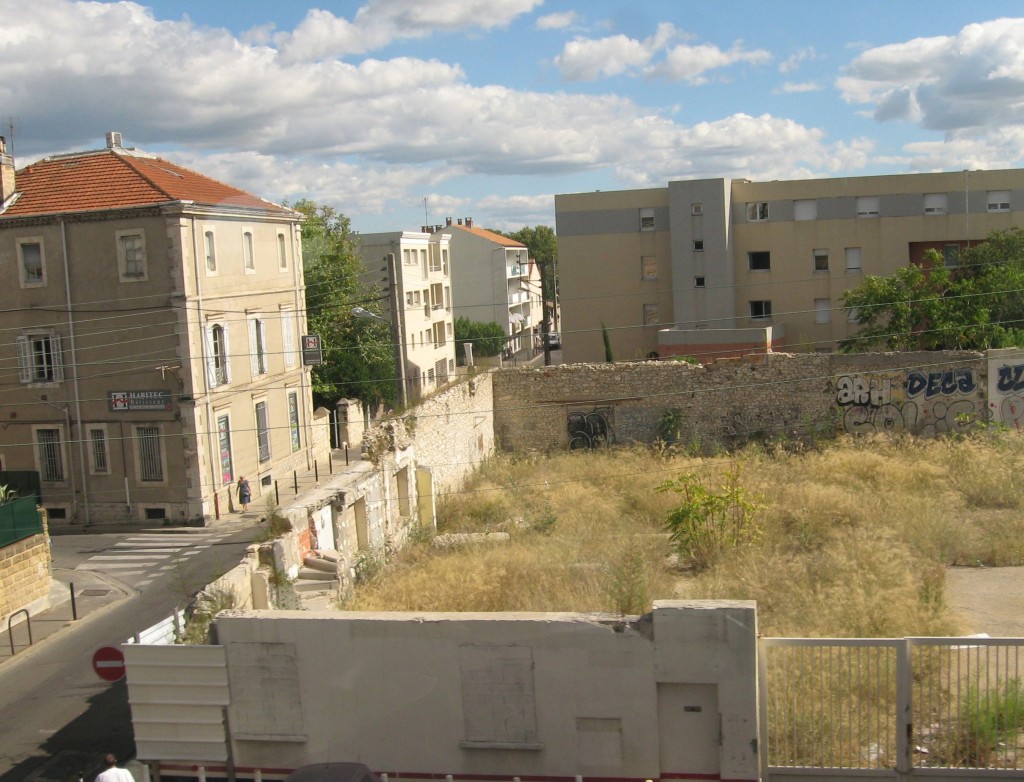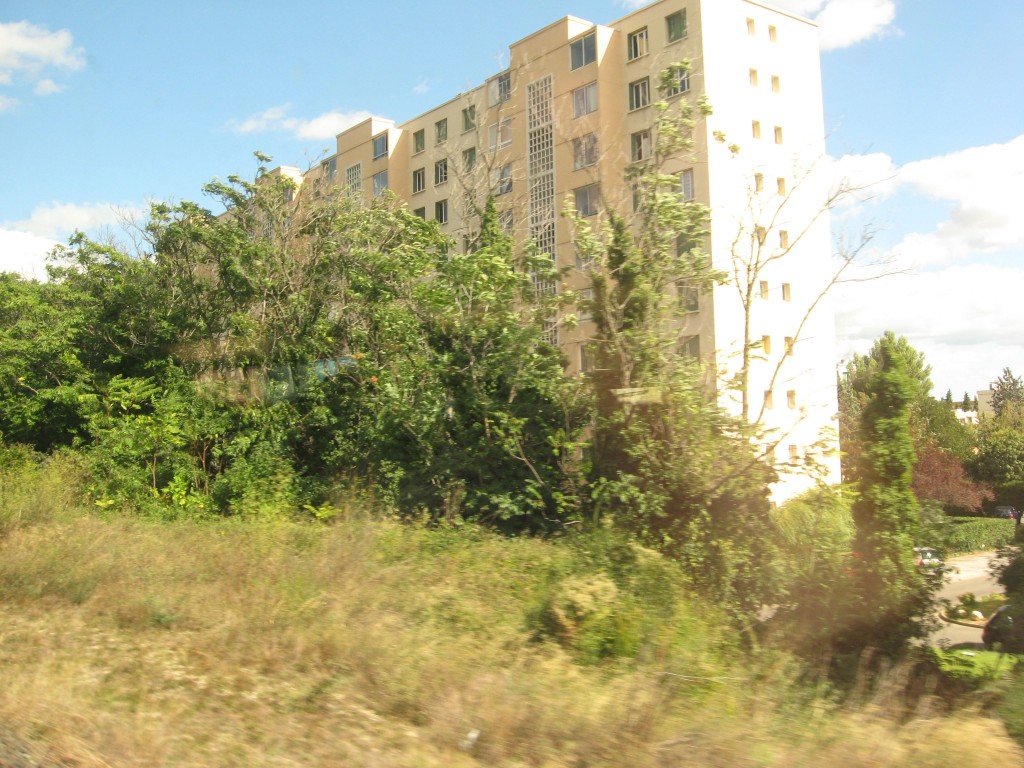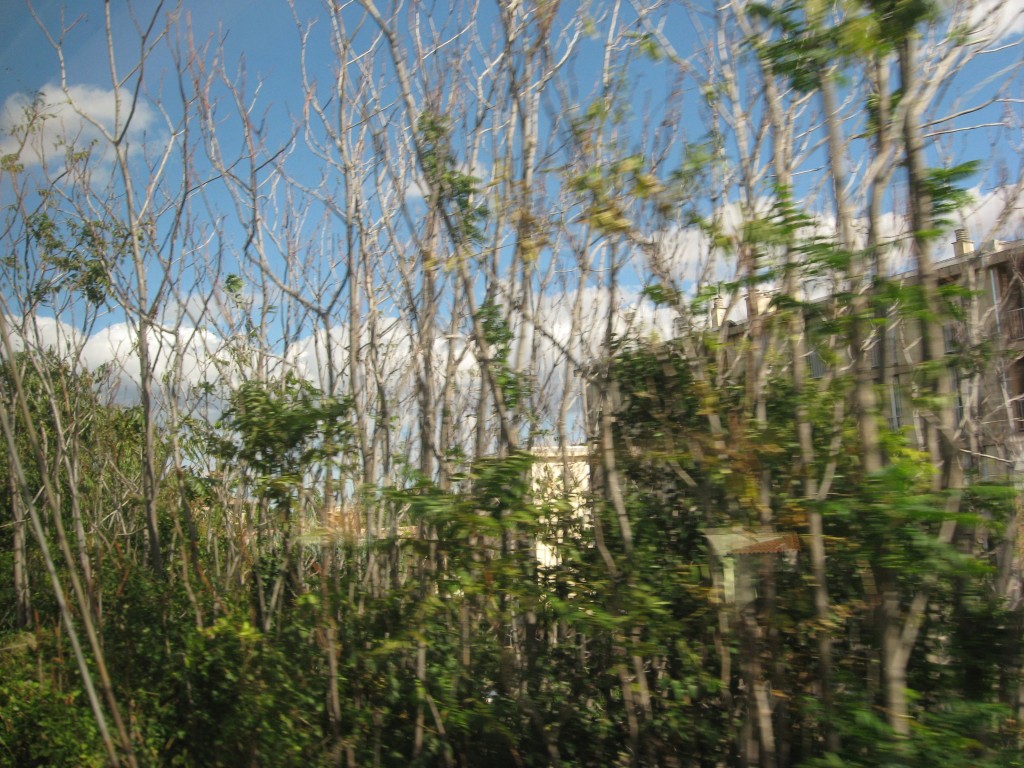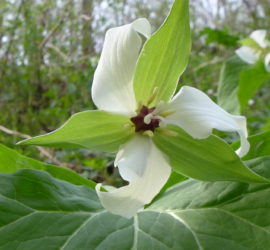Ailanthus Tree has Invaded France

Riding the TGV through the south of France, we pass through Nimes. A beautiful day, sunny Mediterranean skies, and a bottle of Bordeaux.
We are on holiday.
What is that tree growing in the middle of that vacant lot? Â Could it possibly be the Ailanthus?

Oh No!

Oh yes. Â The tree native to the rich forests of central China has run rampant through Nimes, France as well as Paris.
It’s growing out of the sides of buildings in Philadelphia, and covers whole forests in Virginia.
No vacation from the globe-trotting Ailanthus tree.



Nice Roman ruins in Nîmes!
Too many ruins, not enough time! Maybe next time around we can visit them. The roman ruins in the Mediterranean region really get the imagination going. I remember once walking along the beach in Valencia Spain and finding old tiles and pieces of pottery in the sand.
Same tree growing in our compost heap in Monson!
We took the same TGV route & stopped in Nimes to get Francs from an ATM embedded in the wall of a castle — some 10 years ago.
Are you sure its not a native sumac? The two can be easily confused. Ailanthus has an unpleasant odor when crushed.
The TGV route was great fun! It rocked back and forth at 186 mph just so that we we both fell asleep for a spell. Awoke to a mediterranean environment!
i’ll smell it.
Your blog has gone global!
Why is it called Tree of Heaven? Must be a reason.
It was introduced to the U.S. as an ornamental tree, and was widely planted as a street tree in Philadelphia. In cultivation, under careful pruning, this is a very attractive tree. Once escaped, this tree goes wild, and it quickly grows in a weed-like manner, often dying young and creating a groteseque forest. A ride south on I-81 near Roanoke Va will reveal whole swaths of forest covered with Ailanthus. These are creepy-looking infestations that cover whole hillsides and beyond.
It just goes to show that something so attractive as to be named tree of heaven can easily become a noxious weed when it is grown out of its natural range.
Sounds more like a tree-of-hell. All is well here stateside.
Sean, We would love to see this tree in the forests of central China in its native habitat! That would be heavenly!